The legendary catch: setting the world record
A catch for the history books
The date was September 18, 1977, and the place? The beautiful waters off of Cabo San Lucas, Mexico. Angler John E. Richardson was on a mission no one had ever undertaken—catching the biggest yellowfin tuna ever recorded. Using a reinforced Penn rod and reel spooled with high-strength line, he was ready for whatever challenge awaited beneath the sea's surface.
The fight of a lifetime
Hooking such a massive fish is one thing, but reeling it in is another. This yellowfin tuna put up an extraordinary fight, something few can imagine. It thrashed, it dived, and it pulled out line like no other. After an exhausting battle that lasted over two hours, Richardson finally managed to bring the monster onboard. This behemoth yellowfin weighed in at a staggering 427 pounds, setting a world record that still stands today.
Peculiarities of the yellowfin tuna
The yellowfin tuna is known for its incredible strength, speed, and agility, making it one of the most prized catches in the fishing community. Unlike other species, yellowfin can grow up to 7 feet in length and weigh several hundred pounds. This particular fish not only set a record but also showcased the awe-inspiring capabilities of the yellowfin species.
Richardson's achievement was celebrated far and wide. In fact, it sparked a renewed interest in big-game fishing, inspiring anglers around the globe to chase their record-breaking dreams. The tale of this record-breaking catch also got a mention in numerous fishing reports and magazines of that era. Check the biggest fish ever caught for more awe-inspiring fishing tales.
The tackle that made history
The gear that made history
When it comes to achieving the impossible, not just strength and skill but the right gear plays a crucial role. The world record yellowfin tuna, which weighed in at a staggering 427 pounds, 0 ounces, was landed with some of the finest and meticulously selected tackle. This catch wasn't just a testament to the angler's prowess but also highlighted the importance of top-tier equipment in record-breaking feats.John E. Richardson, the angler who accomplished this extraordinary achievement, relied on a meticulously chosen rod and reel set up designed to handle the immense power and speed of a yellowfin tuna. The rod was a custom-built model from Penn, renowned for their high-quality fishing tackle. The reel, spooled with robust line capable of withstanding the fierce tug from such a massive fish, was also from the trusted manufacturer, Penn. The finesse required to balance the gear's strength while maintaining the sensitivity needed for such an arduous battle was crucial.
Balancing strength and finesse
The choice of tackle isn't merely about raw power; it requires a balance between strength and finesse. The rod used by Richardson was noted for its durability and flexibility—two vital attributes when it comes to fighting a yellowfin tuna of record size. Penn's reels, praised for their smooth drag systems and robust construction, were equally instrumental, ensuring that the line remained intact throughout the fight.Moreover, Richardson's bait selection was no less important. He opted for a live skipjack tuna, a tried and tested bait for catching large yellowfin. This choice was not only strategic but instrumental in enticing the record-breaking tuna. For those interested in more on different fishing gear and techniques, you can learn from the detailed catch analysis of other record-breaking species like the world record redfish.
Drag systems and durability
The importance of a good drag system cannot be overstated when battling a fish of such magnitude. The smoothness and reliability of the Penn reel's drag system allowed Richardson to exert just the right amount of pressure on the yellowfin, tiring it out without risking the line snapping. This fine balance between applying pressure and giving the fish just enough wiggle room to tire itself out is a testament to both the angler's skill and the quality of the tackle.Once the fish was on the line, Richardson's experience and the superior gear worked in harmony to reel in the massive yellowfin. The combination of a strong, flexible rod, a reliable reel with a smooth drag system, and high-tensile line was key to making this world-record catch a reality. For those passionate about sport fishing, understanding the importance of each component in your tackle can spell the difference between a good day on the water and a historic catch.
The angler's perspective: a personal account
The moment it happened
When John E. Richardson first set eyes on that massive yellowfin tuna off the coast of Cabo San Lucas, he knew he was in for an extraordinary battle. Armed with a PENN International V rod and a reel spooled with 130-pound line, John was well-prepared—but nothing could have possibly braced him for the massive 405.2-pound monster that was about to bite.
Richardson had been fishing in Cabo San Lucas, Mexico, renowned for its rich sport fishing grounds. The International Game Fish Association (IGFA) had already recognized several records in the locale, but John had his eye on something exceptional.
“I felt a tug, and then the line just started running. It was unlike anything I've experienced,” John later recounted. “I immediately knew I was hooked onto a record-breaker.”
A fight for the ages
The epic battle lasted over nearly two hours, with John and his crew fearing the worst several times. Would the line snap? Would the hook dislodge? Exotic crews from San Lucas Mexico have often recounted such hard-fought battles, but this one was different. John’s fortitude, combined with his superior tackle, gave him an edge.
“I couldn’t let go; any break in tension would have meant the end of this, and perhaps my dream,” John shared. The tension was palpable, with his team offering words of encouragement and timely assistance to keep the rod steady. Given this firsthand perspective, it’s no wonder why the tackle that helped John finally manage to reel in the colossal tuna is now etched in IGFA’s annals as some of the best in the game.
The adrenaline rush
Even seasoned anglers find fighting a yellowfin tuna an adrenaline-pumping experience. When John finally laid eyes on the record-breaking fish, a rush of emotions hit him. “I was elated, relieved, and exhausted all at once,” he said. “It was like nothing I’d ever felt before. To reel in a catch like that, after nearly two hours, is simply indescribable.” As he holds the title for the largest yellowfin tuna ever caught, he continues to inspire anglers around the globe to take their own shot at records.
Beyond personal glory
This wasn’t just a victory for John but also a monumental moment for the global fishing community. The news of his catch spread like wildfire, energizing anglers and drawing renewed attention to the sport. John’s record yellowfin tuna was not just a fish but a beacon, challenging others to pick up their rods, spools, and tackle in pursuit of their own moment of glory.
Impact on the fishing community
Shaking the fishing world
The reverberations of the legendary world record yellowfin tuna catch are still felt across the fishing community. This incredible catch did not just set a new standard; it sparked enthusiasm and motivated anglers worldwide, giving them an inspiring goal.
The achievement of angler John E. Richardson, landing the 427-pound yellowfin tuna off Cabo San Lucas, shifted the boundaries of what's believed possible in sport fishing. Many anglers now view yellowfin with a mix of awe and ambition, pushing their limits in the hope of besting or matching this colossal catch.
According to the International Game Fish Association (IGFA), catches like this highlight the potential of angling and the skills required to bring in such giants effectively. They reflect not just the strength of the fish but the expertise of the angler and the quality of the tackle. A properly chosen bait, an impeccably designed rod, and a reel spooled with precision are no longer just accessories but critical components of success.
One immediate impact is the surge in fishing equipment innovations. The market for fishing tackle, rods, bait and reels has seen significant advancements, tailored to match the growing ambition of anglers. Companies like Penn are pushing boundaries to create gear that can handle these massive fish. The collective experience of record chasers has underpinned a more collaborative spirit among anglers, leading to shared tips, improved techniques, and mutual respect.
Notably, destinations such as Kona, Hawaii, and Panama's Pinas Bay have seen an influx of sport fishing enthusiasts eager to chart territories rich with record-breaking potential. The Challenger Bank in Bermuda and Ada Foah in Ghana are also witnessing increased attention, marking them as prime spots for hunting giant yellowfin tuna.
Social media has further amplified this phenomenon. Platforms are abuzz with stories, pictures, and videos of impressive catches, making record-holding pursuits more public and celebrated. Sport fishing forums light up with debates about methods, equipment, and locales, creating a supportive yet competitive community.
However, amidst the celebrations, there's a growing conversation about sustainable fishing practices. The excitement of setting records comes with the responsibility of preserving fish populations. The IGFA and other marine conservation organizations advocate for ethical and sustainable fishing to ensure that future generations can enjoy these experiences. This dialogue is crucial, as balancing the thrill of the chase with the need for conservation will define the future landscape of sport fishing.
The incredible journey of the 427-pound yellowfin tuna continues to inspire and reshape the fishing world. Anglers worldwide are united by a single question: Who will break the next record? As the community thrives on this collective ambition, one thing is clear - the legacy of this legendary catch will endure for years to come.
Comparing yellowfin and bluefin tuna records
Yellowfin vs. bluefin: the epic showdown of tuna records
The battleground between yellowfin and bluefin tuna records is a hot topic among anglers. Yellowfin tuna hold a special place in the records, but bluefin, with their massive sizes, are often seen as the ultimate catch. The current world record for yellowfin tuna is held by Guy Yocom, who caught an astounding 427-pound yellowfin off Cabo San Lucas, Mexico on September 18, 2012. This catch cemented his spot in the International Game Fish Association (IGFA) archives (source: IGFA.org).
On the other side, the bluefin tuna record is even more impressive. Ken Fraser set the record for catching a monstrous 1,496-pound bluefin tuna off Nova Scotia, Canada in 1979. The sheer size difference is astonishing, making the bluefin a more daunting challenge for anglers aiming for records (source: International Game Fish Association).
Breaking down the tackle essentials
One might wonder if different tackle and techniques influence these records. While yellowfin are often caught using rod and reel, bluefin require much heavier gear. For Yocom’s record yellowfin, he used a tailor-made rod and a reel spooled with 100-pound test line, perfect for the strong currents and the immense power of the fish. Fraser’s bluefin, on the other hand, needed even heavier equipment, engineered for long battles with such a powerful species.
Spearfishing and other methods
Although rod and reel are most popular, spearfishing also stands as a method, particularly for those daring enough to dive with such large fish. Instances of record-breaking yellowfin have been recorded with spearing techniques, particularly in regions like South Africa and Pinas Bay, Panama.
IGFA's role in maintaining records
The International Game Fish Association plays a critical role in authenticating and maintaining these records. Their strict guidelines ensure that every record, whether it’s a 100-pound yellowfin or a 1,000-pound bluefin, is fairly and accurately reported. Anglers aiming for records often rely on IGFA’s rules and standards to validate their catch, as seen with both Yocom’s and Fraser’s historic catches (source: https://www.igfa.org).
In essence, while yellowfin continue to shine in their category, the sheer weight of bluefin keeps them in a class of their own. As technology and techniques evolve, the possibility of new records looms ever closer, ensuring that the rivalry between these two giants of the sea remains as captivating as ever.
The role of the International Game Fish Association
The prestige of the International Game Fish Association
The International Game Fish Association (IGFA) plays a pivotal role in the world of recreational fishing, particularly when it comes to recording and verifying world records. The IFGA, founded in 1939, is recognized for its credibility and detailed processes to ensure that every record, like the world record yellowfin tuna, is legitimate and deserved.
With stringent verification processes, the IGFA ensures that records such as those set by yellowfin tuna catches adhere to international standards. Interested anglers need to provide substantial evidence, including a fishing line sample, measurements, and photographic documentation, to get their catches certified. According to the IGFA, the existing world record for yellowfin tuna was set with a catch weighing 427 pounds, caught by angler Curt Wiesenhutter off Cabo San Lucas, Mexico, in 1977.
Technology and tools endorsed by the IFGA
To keep standards high, the IGFA also provides guidelines for the types of rods, reels, and lines that should be used for potential record-seeking attempts. The 427-pound yellowfin tuna caught by Wiesenhutter, for example, adhered strictly to these standards, utilizing top-of-the-line tackle to ensure fairness and accuracy. Brands like Penn and Shimano are frequently used and endorsed by record-holding anglers for their reliability and performance.
Comparing global fishing spots
The IGFA also helps highlight and differentiate the best fishing spots around the globe. From Cabo San Lucas, renowned for its mammoth yellowfin tuna, to Challenger Bank in Bermuda and Pinas Bay in Panama, the IGFA archives a rich repository of the world’s most prominent fishing locations. Notably, sports fishing in these locales provides an extensive tableau of species, from yellowfin to bluefin tuna, emphasizing their roles in the angling community.
How IGFA embraces conservation
Beyond recording catches, the IGFA is heavily invested in conservation. It actively promotes practices that ensure the sustainability of tuna stocks. This is especially critical in maintaining a balanced ecosystem while allowing for the continued thrill of sport fishing. Their 'Release Guidelines' encourage anglers to prioritize the health and survival of the fish, ensuring that future generations can also experience the joy of catching massive yellowfin tuna.
Anglers like John E. Richardson, a record holder from Ada Foah, Ghana, often emphasize the importance of following these guidelines. As he once stated, “Sustainable fishing practices aren't just the right thing to do—they ensure that the sport we love continues to thrive and evolve.”

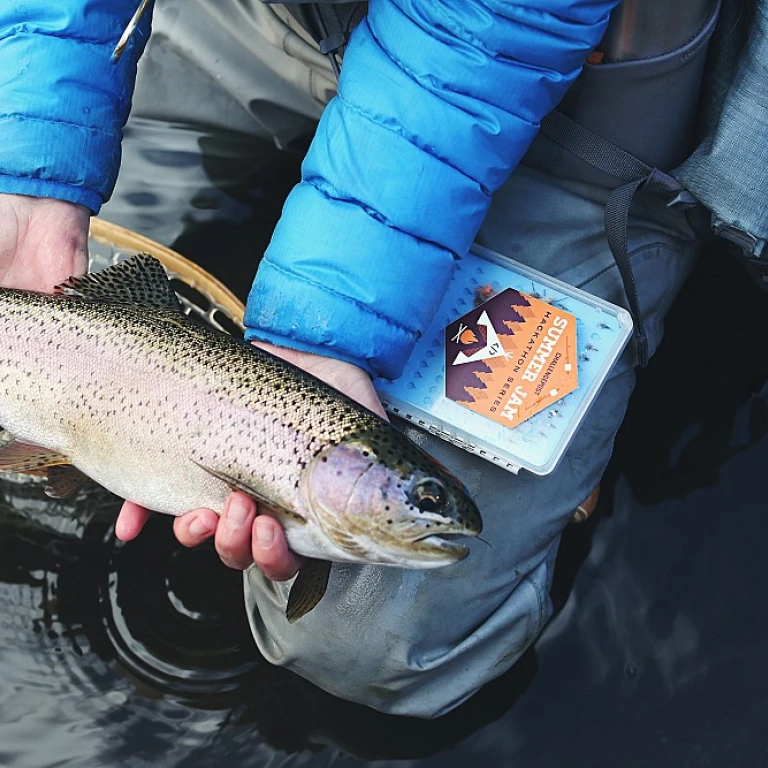

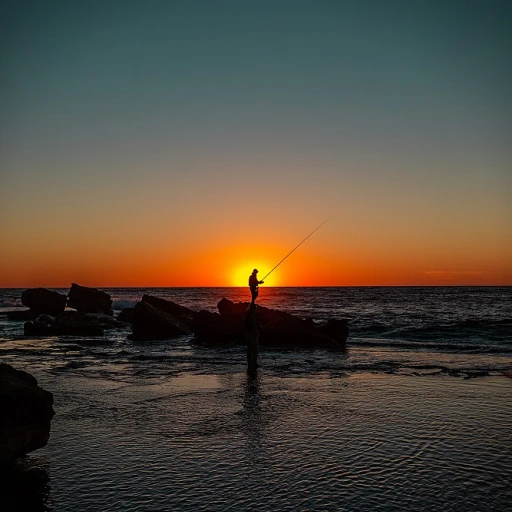


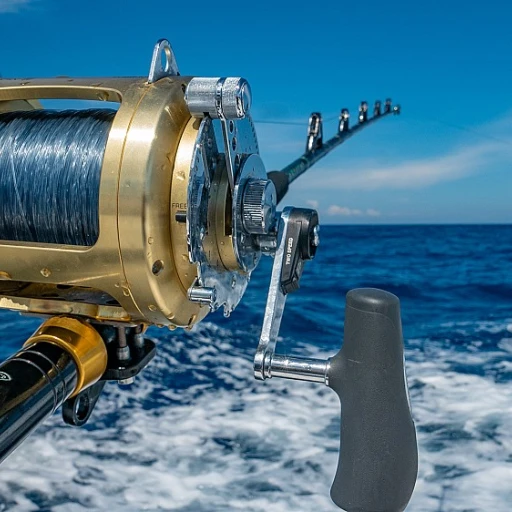
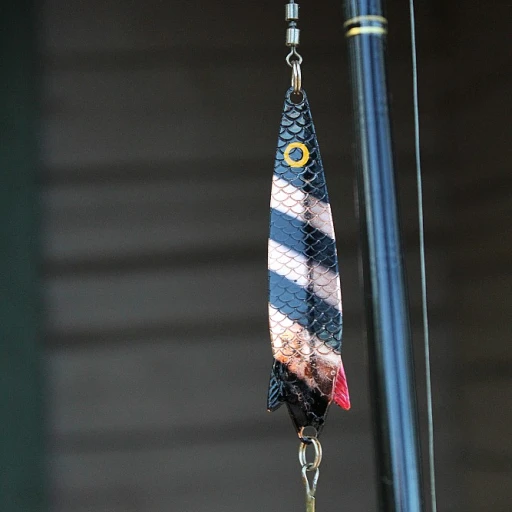

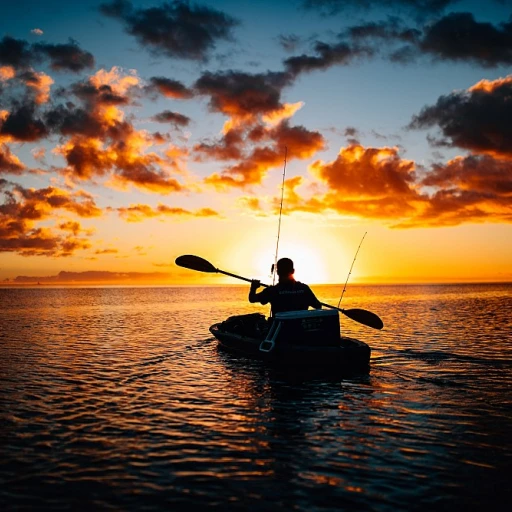
-large-teaser.webp)
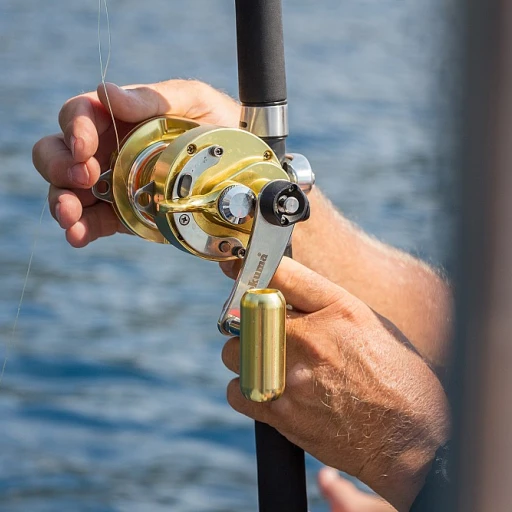

-large-teaser.webp)